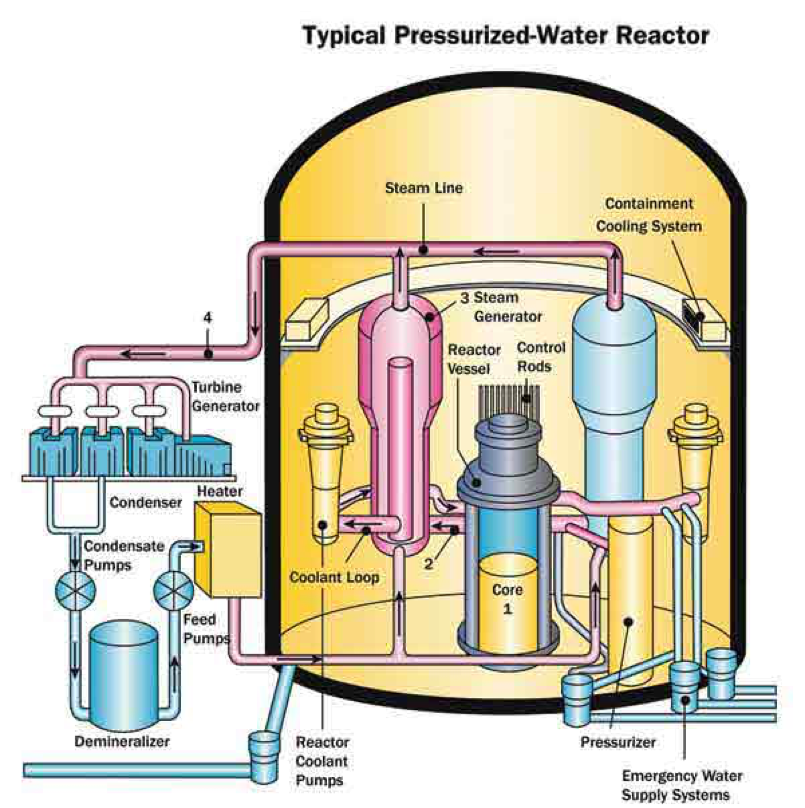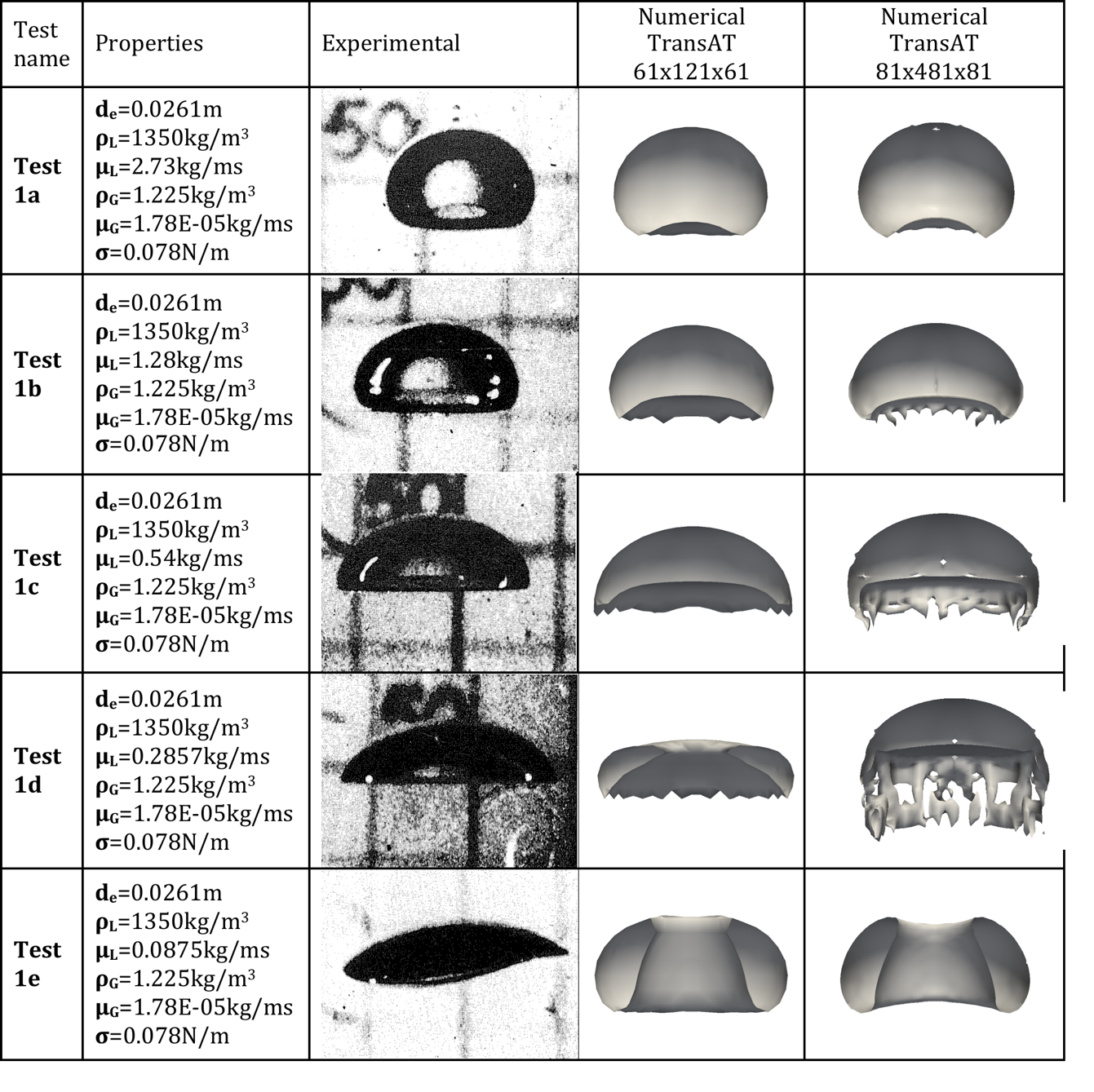Post-Doc (MIT)
 The topic of the post-doc is boiling and condensation in convective flow
with multiple bubbles found in nuclear reactors. The work was performed
in the Nuclear Science and Engineering (NSE) at the Massachussetts
Institute of Technology (MIT).
The topic of the post-doc is boiling and condensation in convective flow
with multiple bubbles found in nuclear reactors. The work was performed
in the Nuclear Science and Engineering (NSE) at the Massachussetts
Institute of Technology (MIT).
Motivation and approach
- Accurate prediction of the bubble size, which depends on the bubble departure diameter (initial condition) and the condensation rate;
- Identification of the PWR flow conditions including bubble sizes, shapes, non-dimensional numbers, etc;
- Literature review of data and empirical correlations for bubble condensation;
- Benchmark test cases to spot one physical effect at a time are divided as: Heat Transfer from a solid sphere, 1-dimensional Stefan Problem, Isothermal Bubble rise, Bubble growth in a liquid at rest (boiling), Bubble collapse in a liquid at rest (condensation).


Results
The Table shows benchmark results for 2 different mesh refinement levels compared to experimental results for a isothermal rising bubble. In Figure with red background, the numerical simulation of a bubble growth in a liquid at rest is compared to the well known Scriven solution for the bubble history. The Table presents a summary of conditions and applicability for pressurized water reactor (PWR) and 4 different models found in the literature. It shows that none of the currently available correlations is suitable for PWR application. These 4 correlations are plotted in Figures for the PWR conditions. As can be seen, the discrepancy of predicting bubble history and Nuc is large among them.



Conclusions and further work
- Correlations were testes using different conditions and further evaluated at the pressurized water reactor conditions in terms of the bubble history (beta) and the condensation Nusselt number Nuc during the condensation process of a detached vapor bubble.
- Current standard tool for prediction of liquid-to-bubble heat transfer is the Ranz and Marshall’s correlation (Ranz and Marshall, Jr., 1952). It was found that the available resources are insufficient to describe accurately the condensation process occurring at PWR conditions. However, we suggest the Chen and Meyinger’s correlation due to the easiness of implementation in numerical codes and its linear evolution with time (Fo);
- We have started direct numerical simulations of the bubble condensation process in subcooled flow boiling using the commercial code TransAT.